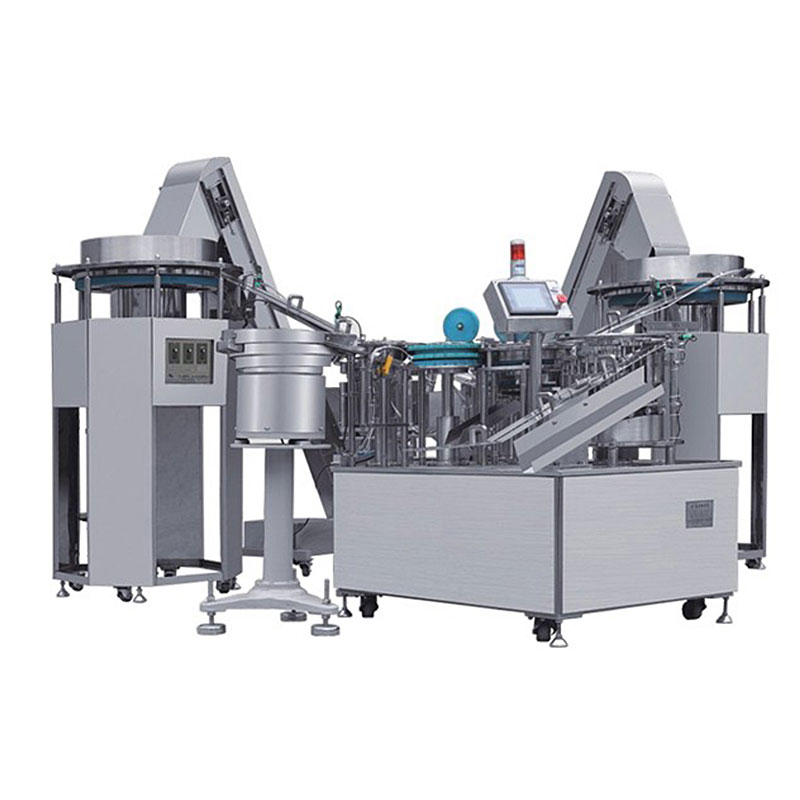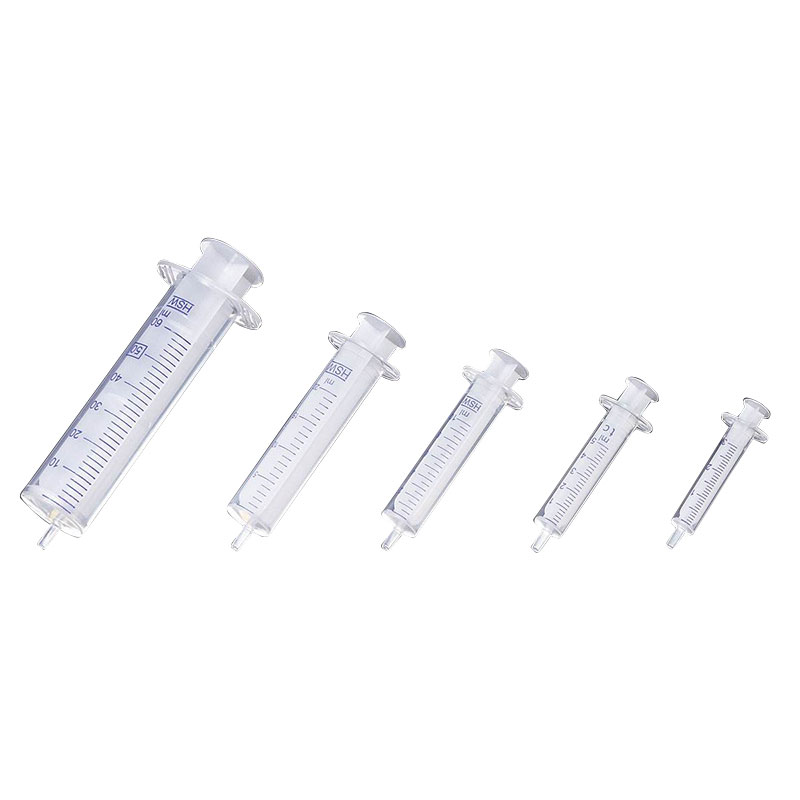Release Date:2022-11-02 11:31:16 Popularity:
GST fully computerised syringe automatic assembly machine manufacturer, syringes are arguably the most difficult containers to inspect. Among other obstacles, syringes require unique handling processes and a wide range of shapes and sizes that require customized inspection of multiple areas, creating obstacles to the accuracy of each item and overall production speed.

Handling of syringe inspection.
While other containers such as vials, cartridges and ampoules are largely 'at rest' and can therefore enter the inspection process independently, syringes often need to be transported on a conveyor belt and then turned upside down. In order to inspect syringes accurately and efficiently, they must usually be rotated with their heads facing upwards (i.e. upside down) so that any hidden particles in the syringe funnel can sink into the liquid to improve the detectability of the inspection. If the syringe is sterilised, the container is usually in a 'nested bucket' arrangement, which needs to be un-nested by a robotic unit in communication with the inspection machine. This complex process needs to be handled gently and carefully, avoiding glass-to-glass contact to reduce the possibility of breakage or breakage.

After entering the inspection carousel, the syringe is turned upside down for inspection. The syringe can be held at the top and bottom using a shaft with a custom cup, or under the plunger by means of a two-finger adaptive clamp. The method of holding the syringe by the upper and lower part allows for higher rotation speeds. Syringes with needle guards can be held in this way or, if the diameter of the guard is smaller than the diameter of the syringe body, this can be done in the form of a fixed rigid needle guard. Unfortunately, the handling system is not compatible with all closed systems. Clamping systems usually operate at a slower speed but are well suited to more sophisticated closure systems, such as luer locks. The gripper does not touch the closure mechanism, so there is less risk of compromising closure integrity.